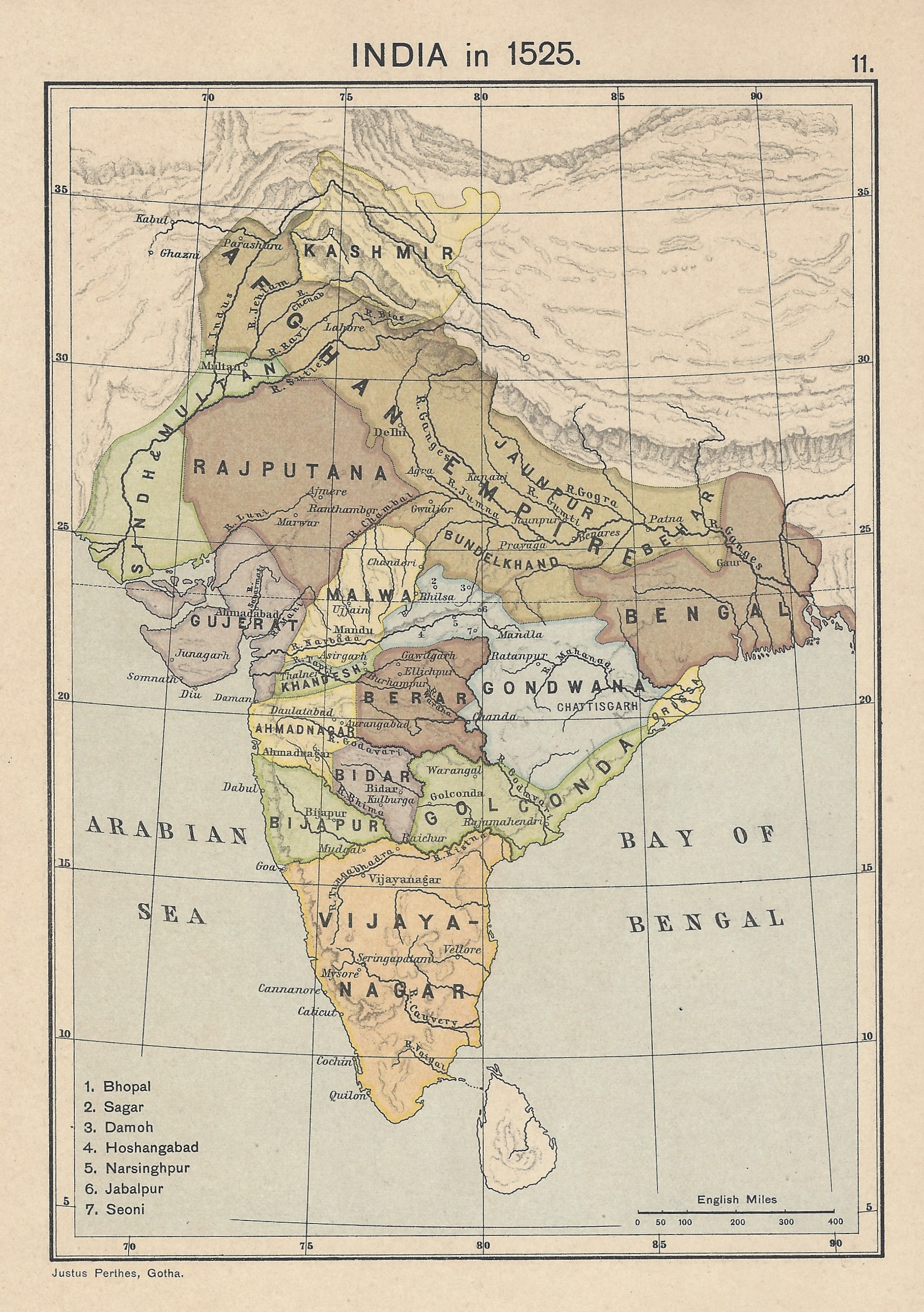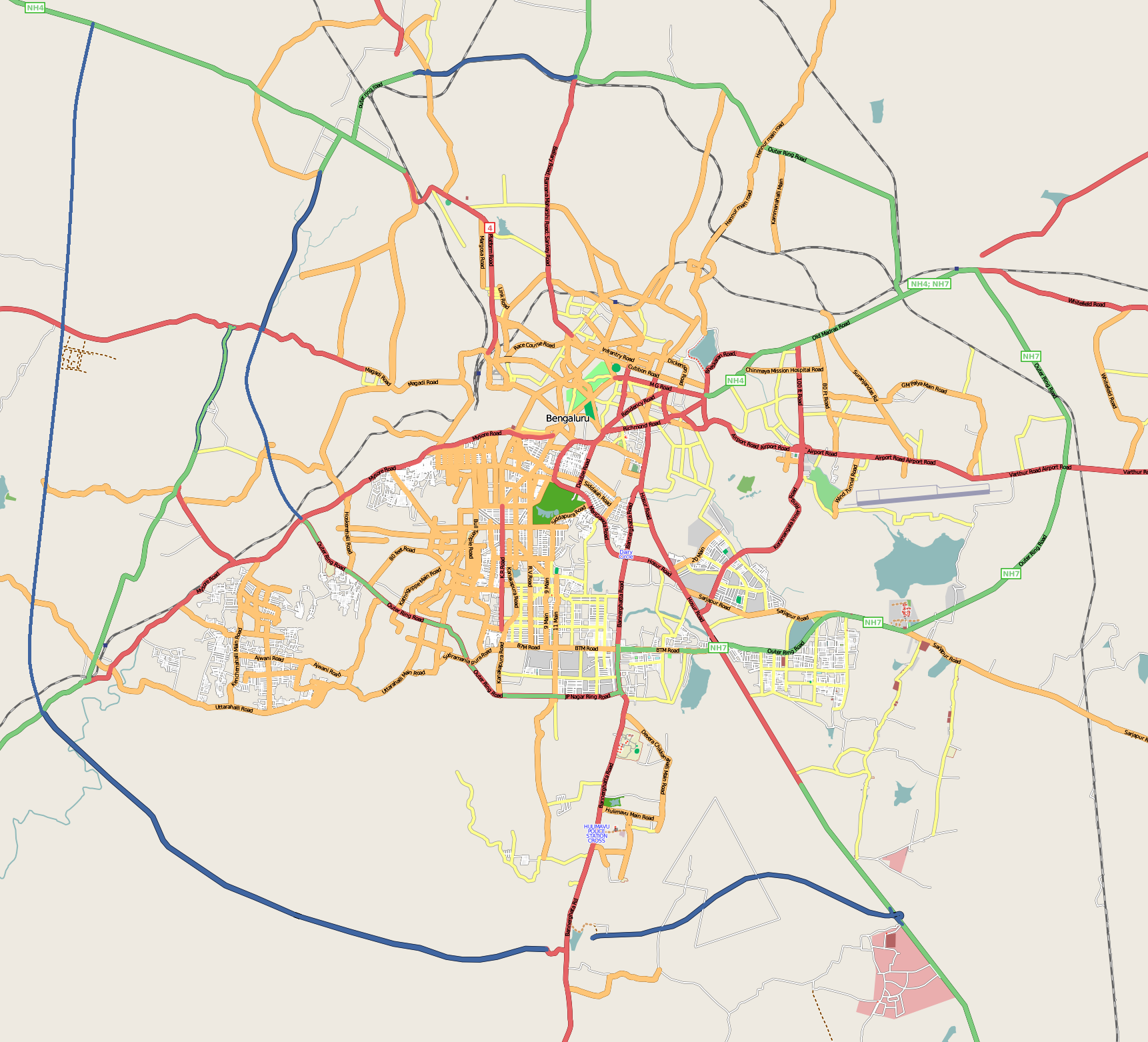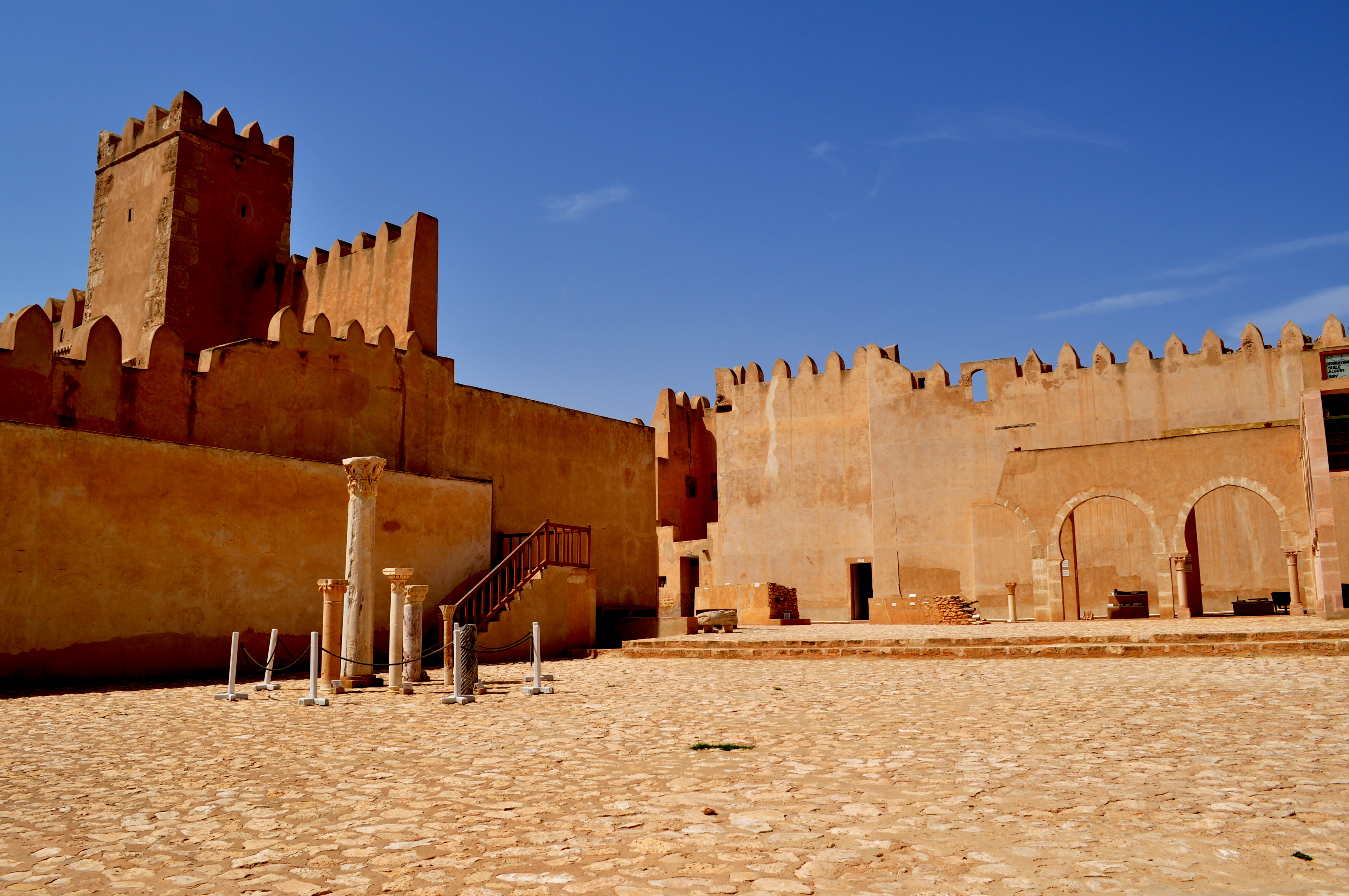|
Afzal Khan (general)
Afzal Khan (died 20 November 1659) was a general of the Adil Shahi dynasty of Bijapur Sultanate of in Deccan Plateau, Deccan India. He played an important role in the southern expansion of the Bijapur Sultanate by subjugating the Nayaka dynasties, Nayaka chiefs who had taken control of the former Vijayanagara Empire, Vijayanagara territory. In 1659, the Bijapur government sent Afzal Khan to subjugate Shivaji, a former vassal who had rebelled against the Bijapur government. He was killed at a truce negotiation meeting with Shivaji, and his army was defeated at the Battle of Pratapgad. Victory over the Nayakas Amid the decline of the Vijayanagara Empire, the Bijapur government campaigned against the Nayaka dynasties, Nayaka chiefs who had taken control of the former Vijayanagara territory. One of these chiefs was Virabhadra, the Nayakas of Keladi, Nayaka of Ikkeri. Kenge Nayaka (or Keng Nayak), the chief of Basavapattana and a discontented tributary of Virabhadra, helped the B ... [...More Info...] [...Related Items...] OR: [Wikipedia] [Google] [Baidu] |
Adil Shahi Dynasty
The Sultanate of Bijapur was an early modern kingdom in the western Deccan and South India, ruled by the Muslim Adil Shahi (or Adilshahi) dynasty. Bijapur had been a ''taraf'' (province) of the Bahmani Kingdom prior to its independence in 1490 and before the kingdom's political decline in the last quarter of the 15th century. It was one of the Deccan sultanates, the collective name of the kingdom's five successor states. The Sultanate of Bijapur was one of the most powerful states on the Indian Subcontinent at its peak, second to the Mughal Empire which conquered it in 1686 under Aurangzeb. After emigrating to the Bahmani Sultanate, Yusuf Adil Shah rose through the ranks to be appointed governor of the province of Bijapur. In 1490, he created a ''de facto'' independent Bijapur state which became formally independent with the Bahmani collapse in 1518. The Bijapur Sultanate's borders changed considerably throughout its history. Its northern boundary remained relatively stable, ... [...More Info...] [...Related Items...] OR: [Wikipedia] [Google] [Baidu] |
Bangalore
Bengaluru, also known as Bangalore (List of renamed places in India#Karnataka, its official name until 1 November 2014), is the Capital city, capital and largest city of the southern States and union territories of India, Indian state of Karnataka. As per the 2011 Census of India, 2011 census, the city had a population of 8.4 million, making it the List of cities in India by population, third most populous city in India and the most populous in South India. The Bengaluru metropolitan area had a population of around 8.5 million, making it the List of million-plus urban agglomerations in India, fifth most populous urban agglomeration in the country. It is located near the center of the Deccan Plateau, at a height of above sea level. The city is known as India's "Garden City", due to its parks and greenery. Archaeological artifacts indicate that the human settlement in the region happened as early as 4000 Common Era, BCE. The first mention of the name "Bengalooru" is from an ol ... [...More Info...] [...Related Items...] OR: [Wikipedia] [Google] [Baidu] |
Marathi Literature
Marathi literature is the body of literature of Marathi, an Indo-Aryan language spoken mainly in the Indian state of Maharashtra and written in the Devanagari and Modi script. History Early history As a written language, Marathi is probably first attested in a 739 CE copper-plate inscription found in Satara. Several inscriptions dated to the second half of the 11th century feature Marathi, which is usually appended to Sanskrit or Kannada in these inscriptions. The earliest Marathi-only inscriptions are the ones issued during the Shilahara rule, including a c. 1012 CE stone inscription from Akshi taluka of Raigad district, and a 1060 or 1086 CE copper-plate inscription from Dive that records a land grant ( agrahara) to a Brahmin. A 2-line 1118 CE Marathi inscription at Shravanabelagola records a grant by the Hoysalas. These inscriptions suggest that Marathi was a standard written language by the 12th century. However, there is no record of any actual literature produced in Mar ... [...More Info...] [...Related Items...] OR: [Wikipedia] [Google] [Baidu] |
Maratha Empire
The Maratha Empire, also referred to as the Maratha Confederacy, was an early modern India, early modern polity in the Indian subcontinent. It comprised the realms of the Peshwa and four major independent List of Maratha dynasties and states, Maratha states under the nominal leadership of the former. The Marathas were a Marathi language, Marathi-speaking peasantry group from the western Deccan Plateau (present-day Maharashtra) that rose to prominence under leadership of Shivaji (17th century), who revolted against the Bijapur Sultanate and the Mughal Empire for establishing "Hindavi Swarajya" (). The religious attitude of Aurangzeb, Emperor Aurangzeb estranged Kafir, non-Muslims, and the Deccan wars, Maratha insurgency came at a great cost for his men and treasury. The Maratha government also included warriors, administrators, and other nobles from other Marathi people, Marathi groups. Shivaji's monarchy, referred to as the Maratha Kingdom, expanded into a large realm in the 18th ... [...More Info...] [...Related Items...] OR: [Wikipedia] [Google] [Baidu] |
Tumkur
Tumkur, officially Tumakuru, is a city and headquarters of Tumakuru district in the Karnataka state of India. Tumkur is known for Siddaganga Matha. Tumkur hosts India's first mega food park, a project of the ministry of food processing. The India Food Park was inaugurated by Prime Minister of India in September 2014. Tumkur is also included in the Smart Cities Mission list and is among the 100 smart cities to be developed in India. Since 28 August 2010, Tumkur has been accorded the status of a city corporation. Tumakuru is Emerging Industrial hub in the India, Tumakuru has largest upcoming industrial corridor and japanese township. Tumakuru is getting ready to host International cricket matches in upcoming days, New International stadium in tumakuru by 2028. Green Line Namma Metro extension expected to Tumakuru after 2030. Etymology Etymologically, the name of the city is believed to have been mutated possibly from "Tumbe ooru" because of the abundance of thumbe hoovu, a kind o ... [...More Info...] [...Related Items...] OR: [Wikipedia] [Google] [Baidu] |
Sakrepatna
Sakharāyapattana is a village in the southern state of Karnataka, India.Village code= 1387200 Sakrepatna, Chikmagalur, Karnataka It is located in the Kadur taluk of Chikkamagaluru district in Karnataka. Demographics As of 2001 India census, Sakrepatna had a population of 5550 with 2808 males and 2742 females. See also * Chikmagalur * Districts of Karnataka The southern Indian state of Karnataka consists of 31 districts grouped into 4 administrative divisions, ''viz''., Belagavi, Bengaluru , Gulbarga, and Mysore. Geographically, the state has three principal variants: the western coastal stretc ... References External links * http://Chikmagalur.nic.in/ Villages in Chikmagalur district {{Chikkamagaluru-geo-stub ... [...More Info...] [...Related Items...] OR: [Wikipedia] [Google] [Baidu] |
Belur, Karnataka
Belur () is a town and tehsil, taluk in Hassan district in the state of Karnataka, India. The town is renowned for its Chennakeshava Temple, Belur, Chennakeshava Temple dedicated to Vishnu, one of the finest examples of Hoysala architecture and the largest Hindu temple complex that has survived from pre-14th-century Karnata-Dravida tradition. It has been a Vaishnava Hindu pilgrimage center since at least the 12th century. It was also the first capital of the Hoysala dynasty, before they built Dwarasamudra (modern Halebid). Belur is also Town Municipal Council and taluka. The Hoysala monuments at Belur and Halebidu have been declared as UNESCO World Heritage Sites in 2023.Permanent Delegation of India to UNESCO (2014)Sacred Ensembles of the Hoysala UNESCO Geography Belur is situated on the banks of Yagachi River in the Hassan district of south Karnataka. It is about northwest of Hassan, Karnataka, Hassan and about west from the famous Hindu and Jain temples' town of Halebid, H ... [...More Info...] [...Related Items...] OR: [Wikipedia] [Google] [Baidu] |
Chikkanayakana Halli
Chikkanayakanahalli is a town (taluk headquarters) in Tiptur sub-division of Tumakuru district, in the state of Karnataka, India. It is 30 km away from Tiptur and 132 km from Bangalore. Geography Chikkanayakana-halli is located at . It has an average elevation of . It is located on National Highway 150A. Demographics As of 2001 India census, Chikkanayakana-halli had a population of 22,360. Males constitute 50.067% of the population and females 49.933%. Chikkanayakana-halli has an average literacy rate of 70%, higher than the national average of 59.5%; with male literacy of 76% and female literacy of 64%. 11% of the population is under 6 years of age.{{cite web, url=http://www.censusindia.net/results/town.php?stad=A&state5=999, archive-url=https://web.archive.org/web/20040616075334/http://www.censusindia.net/results/town.php?stad=A&state5=999, archive-date=2004-06-16, title= Census of India 2001: Data from the 2001 Census, including cities, villages and towns (Provisi ... [...More Info...] [...Related Items...] OR: [Wikipedia] [Google] [Baidu] |
Kasbah
A kasbah (, also ; , , Maghrebi Arabic: ), also spelled qasbah, qasba, qasaba, or casbah, is a fortress, most commonly the citadel or fortified quarter of a city. It is also equivalent to the term in Spanish (), which is derived from the same Arabic word. By extension, the term can also refer to a medina quarter, particularly in Algeria. In various languages, the Arabic word, or local words borrowed from the Arabic word, can also refer to a settlement, a fort, a watchtower, or a blockhouse. Citadel or fortress The term ''qasaba'' was historically flexible but it essentially denotes a fortress, commonly a citadel that protects a city or settlement area, or that serves as the administrative center. A kasbah citadel typically housed the military garrison and other privileged buildings such as a palace, along with other amenities such as a mosque and a hammam (bathhouse). Some kasbahs are built in a strategic elevated position overlooking the city, like the Kasbah of the O ... [...More Info...] [...Related Items...] OR: [Wikipedia] [Google] [Baidu] |
Siddi
The Siddi (), also known as the Sheedi, Sidi, or Siddhi, are an ethno-religious group living mostly in Pakistan. Some Siddis also live in India. They are primarily descended from the Bantu peoples of the Zanj coast in Southeast Africa, most of whom came to the Indian subcontinent through the Indian Ocean slave trade. Others arrived as merchants, sailors, indentured servitude, indentured servants, and mercenaries. Etymology There are conflicting hypotheses on the origin of the name ''Siddi''. One theory is that the word derives from ''sahibi'', an Arabic term of respect in North Africa, similar to the word ''sahib'' in modern India and Pakistan. A second theory is that the term ''Siddi'' is derived from the title borne by the captains of the Arab vessels that first brought Siddi settlers to India; these captains were known as ''Sayyid''. A different name occasionally used for the Siddi is the term "Habshi". While originally used to refer specifically to the Habesha peoples, ... [...More Info...] [...Related Items...] OR: [Wikipedia] [Google] [Baidu] |
Shahaji
Shahaji Bhonsale (; 18 March 1594 – 23 January 1664) was a 17th century Indian military leader who served the Ahmadnagar Sultanate, the Bijapur Sultanate, and the Mughal Empire at various points in his career. As a member of the Bhonsle dynasty, Shahaji inherited the Pune and Supe jagirs (fiefs) from his father Maloji, who previously served the Ahmadnagar Sultanate. During the Mughal invasion of the Deccan, Shahaji joined the Mughal forces and served under Emperor Shah Jahan for a short period. After being deprived of his jagirs, he defected to the Bijapur Sultanate in 1632 and regained control over Pune and Supe. In 1638, he received the jagir of Bangalore after Bijapur's invasion of Kempe Gowda III's territories. Afterwards, he became the chief general of Bijapur and oversaw its expansion. He was the father of Shivaji, the founder of the Maratha Kingdom. Early life Shahaji was the son of Maloji Bhosale, a Maratha warrior and nobleman who had been awarded the jagirs of ... [...More Info...] [...Related Items...] OR: [Wikipedia] [Google] [Baidu] |
Kanthirava Narasaraja I
Kanthirava Narasaraja Wodeyar I (1615 – 31 July 1659) was the twelfth Maharaja of Mysore, maharaja of the Kingdom of Mysore from 1638 to 1659. Accession The previous ruler, Raja Wodeyar II, Kanthirava Narasaraja Wodeyar's cousin, was poisoned on the orders of his ''dalvoy'' (commander-in-chief), Vikramaraya, within a year of becoming the maharaja. The 23-year-old Kanthirava Narasaraja I, who had earlier been adopted by the widow of Raja Wodeyar I, became, in 1638, the new ''maharaja'' of Mysore. Before becoming the king of Mysore, he lived in Terakanambi near Gundalpet, Chamarajanagar District. Rule Soon after his accession, he was called on to defend Srirangapatna against the invasions of the Adil Shahis of Bijapur district, Karnataka, Bijapur, a defence which he mounted with great loss for the enemy. In the fashion of the two ''wodeyars'' before him, he continued to expand the Mysore dominions. This included taking Satyamangalam from the Madurai Nayak Dynasty, Nayaks of M ... [...More Info...] [...Related Items...] OR: [Wikipedia] [Google] [Baidu] |






